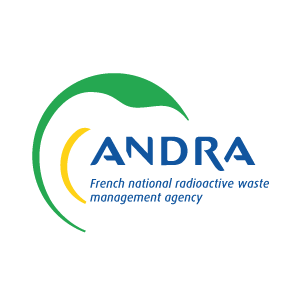MICADO: Model Uncertainty for the Mechanism of Dissolution of Spent Fuel in a Nuclear Waste Repository
The MICADO project was established to assess the uncertainties in models that describe the dissolution processes of spent nuclear fuels in a disposal repository for geological time periods. The overall objective of the project was to establish whether international research had provided sufficiently reliable models to allow safety questions over disposal of spent fuels to be answered.
Overview
Project Dates: 01/10/2006 – 30/09/2009
Project Status: Finished
Project Website: N/A
MICADO was funded in an attempt to assess the uncertainties in models describing the dissolution mechanism of spent nuclear fuel in a repository for geological time periods. Most worldwide leading experts in the field from research and waste management organisations were present in the project, representing different approaches to the prediction of the performance of disposed spent fuel over very long times, bringing either electrochemical, geochemical and/or radiolytical viewpoints.
The purpose of the project was threefold:
(1) To compare the different approaches and underlying hypotheses in the context of an evaluation of the quality of key experimental data. In this context, two types of uncertainties were assessed: uncertainties governed by the divergence between the various models and the experimental databases, and uncertainties in predictions that arise by comparing the outcomes of the various models.
2) To share knowledge about the approaches and methodologies used in spent fuel performance analyses between the various participating organisations.
(3) To identify future research needs to reduce the observed uncertainties.
Objective
MICADO aimed to address the following questions and uncertainties:
- Quantify model uncertainty in the effect of hydrogen on fuel dissolution.
- Quantify model uncertainty in the fields of radiolysis and electrochemistry.
- Quantify model uncertainties in the assessment of grain boundary inventories and associated instant release fractions.
- Quantify model uncertainty regarding the interface between spent fuel and the engineered barrier system (including corrosion products/metal fragments from the canister).
- Quantify model uncertainty relating to the translation of knowledge assessed at laboratory-scale to the real-scale of spent fuel and according to industrial production of spent fuel in different countries.
- Quantify model uncertainty in the extrapolation of short-term knowledge to very long (geological) timescales, taking into account different waste package conditioning and disposal designs used in the different countries involved in the project.
- How to avoid conflicts between model robustness and model realism in spent fuel performance assessments and how to simplify models?
- How to increase transparency in mechanistic hypothesis, model applications and model predictions?





